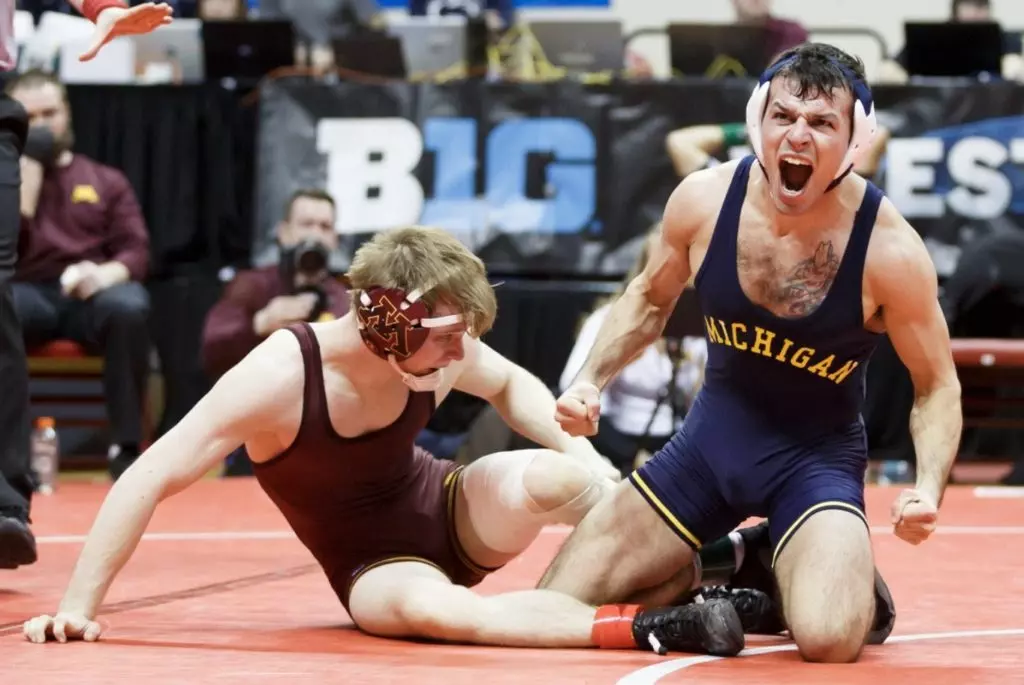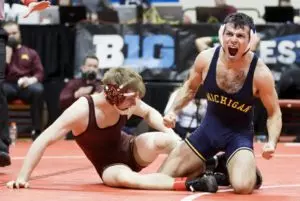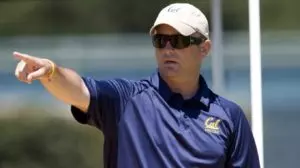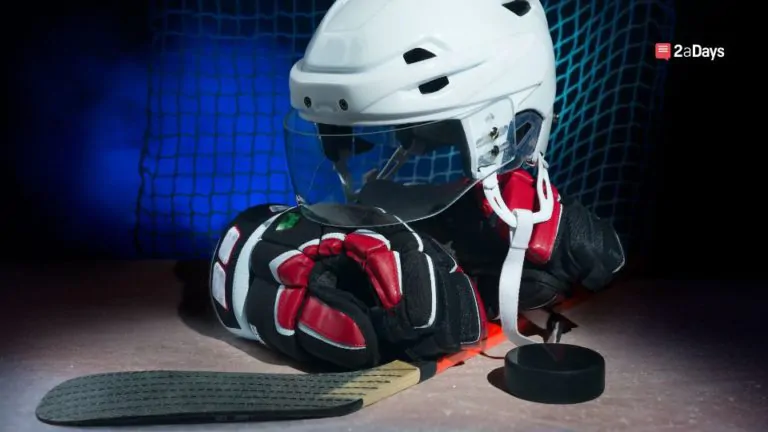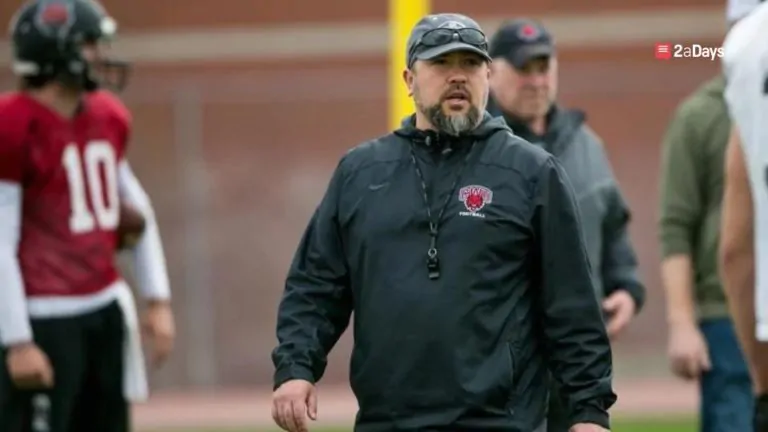In life, change is inevitable. When it comes to sports, especially college sports with organizations overseeing its operations, there is always the question of whether the change is for the benefit of the players and competitors or the organization and its accompanying self-interest. Are they trying to benefit the sport or themselves? We'll look at the changes the NCAA is implementing for college wrestling for the next academic year, and we'll see the kind of effect it'll have on school and competitors.
In the upcoming 2019-2020 academic year, some significant changes are coming to NCAA wrestling. I'd highly recommend that wrestlers become familiar with the new rules and regulations as well as the newly given freedom within uniforms before entering into this next season! While some of these rules are becoming stricter, others are making some aspects of the sport less rigid, and here's how.
Added Style
The NCAA Wrestling Rules Committee members have decided to make the regulations on hairless strict as well as given the option for an additional competition uniform.
Wrestlers, previously, were only allowed to wear traditional singlets, with or without tights or form-fitting shirts and shorts, for competition. With the new third option for competition uniforms, wrestlers can now compete in form-fitting shirts (which are required) accompanied by loose-fitting shorts that are well designed for the sport.
Wrestler's hairs will still be required to be oil-free and free of greasy substances. Wrestlers may also wear hair coverings if desired or needed, and it is considered specialized equipment. However, the previously stringent rule requiring wrestler's hair to not “extend below the level of an ordinary shirt collar,” and “the hair on the side of the head [cannot extend] below the earlobes.”
Changing Calls
For the upcoming academic year, there will be a change as to how warnings are given regarding stalling violations of a match. Previously, the penalty sequence for stalling went as followed, a warning, single-point deductions on the second through fourth violations, followed by disqualification. This has been changed to become a little more rigid.
The upcoming penalty sequence for stalling will go like this: there's an initial warning, then a single match point will be deducted for the next two violations, then the fourth violation warrants a 2-point match deduction, and, lastly, the last violation will grant a disqualification. This is to help crackdown on stalling and prevent it from further being a problem within matches.
The next rule change is a reclassification of a call that will better protect wrestlers during their matches. “Hands to the face” used to be classified as an unnecessary roughness violation. This is in place to protect wrestlers from injury. According to the NCAA, unnecessary roughness involves physical acts that occur during a match. It includes any act that exceeds normal aggressiveness.
This has since been reclassified to be an illegal hold. Illegal holds, such as the figure four or standing reverse-waist hold among many others (see pictures), are holds that the referee can penalize you, the wrestler, without warning. A rule of thumb for illegal calls is that “whenever possible, illegal holds should be prevented rather thancalled.” https://i.ytimg.com/vi/QIB7dUPQB4E/hqdefault.jpg
There are other holds called “potentially dangerous holds,” which the referee might make you let go of but will not penalize the wrestler for. Having the label of “potentially dangerous holds” allows referees to have more flexibility within making their calls before going straight to a call for an illegal hold. It will enable them to use their judgment to issue verbal cues as well as formal warnings to act in the best interest of the wrestlers, keeping their safety as a top priority.
NCAA Wrestling Rules Committee withdrew proposed recommendations regarding video review challenges, medical forfeits, and weigh-ins. The rules committee plans to further discuss weigh-in times with the Committee on Competitive Safeguards and Medical Aspects of Sports in the future.
We asked current wrestlers at the United States Military Academy, also known as West Point, what their thoughts are on these new rule changes as well as how they believe these rules will affect their team personally going forward into this upcoming season.
Here's what Cadet and wrestler Cael McCormick had to say on the rule changes, how it would affect the sport, and how it would impact service academy wrestlers. “The removal of hair requirements and the availability of loose-fitting uniforms is a healthy change for the sport. These changes are an attempt to increase participation in wrestling. The idea of a singlet disinterests many young athletes who deal with body image issues or self-confidence. The removal of these requirements will undoubtedly increase youth participation in the sport. However, I believe these rule changes should stay at the amateur level (high school and below).”
While singlets and short hair are less appealing, they serve important roles in the sport. The singlet's form fit reduces the chance of injury from loose fabric (i.e., broken fingers, twisted ankles, etc.). Long hair is known to impede opponents in many ways, and any lack of proper hygiene can lead to skin conditions on the scalp. According to the 2019 Probability of Competing Beyond High School Figures and Methodology article, only 2.9% of wrestlers will compete in the NCAA. Of the 2.9%, only 1.0% will complete in Division I. At this competitive high level of wrestling, most wrestlers would say there is no room for issues with uniforms or hair. The sport would lose much value if NCAA championships were lost due to a finger being caught in a pair of loose shorts or long hair, causing some infraction.
These new rules do not affect service academy wrestlers. Our hair is required to be much shorter than the new NCAA hair regulation. The only change would be the addition of loose-fitting shorts. At competitions, we will have to be much more careful when wrestling opponents with loose-fitting uniforms to avoid any injury.
All in all, the changes are healthy for amateur wrestling. The new rules make the sport more appealing to young athletes, both male and female. I believe the NCAA should be very cautious regarding uniform and appearance rules. The previous uniform and appearance rules were in place for a reason. On the flip side, the new rules will bring in more athletes who eventually makes the NCAA even more competitive.”
I have to agree with Cael on the fact that changes are healthy. It seems like the majority of them have good intentions, trying to either increase interest for prospective wrestlers or to promote better terms regarding safety for those already competing. On the other hand, I enjoyed his point about some of the rules seem frivolous. As someone who was previously unfamiliar with the sport, it was quite enlightening and captivating, gaining that perspective that I hadn't or wouldn't have thought of.
Changing the uniforms could potentially counteract the intentions the NCAA seemed to have with these new rule changes of providing more safety for their competing wrestlers. While competitors would have the added safety of the changed calls, the loose-fitting uniforms could have the potential to cause more problems, outweighing the satisfaction of having new variances to the uniforms competitors wear to represent their schools with pride.
If you look at highlight videos created by the West Point Wrestling team, it's quite apparent how easily wrestlers can get injured just by the mere nature of the sport in conjunction with the athletes' competitive nature — having these loose-fitting uniforms have the potential to exponentially increase a wrestler's chance of getting injured during a match.
Here's a brief history of wrestling uniforms to give you some perspective on where the uniforms have come from as well as where organizations like the NCAA are trying to go:
In the 1920s and 30s, the first wrestling uniforms referred to as the Black Tom, consisted of a black outside supporter over full-length tights, and wearing a shirt with it was optional.
The next evolution of the uniform consisted of tight-fitting trunks made of wool with no shirt, and a few wrestlers started this at both Oklahoma State University and Kent State University.
Trunks with Tights
The next evolution? You guessed it; the same trunks, but they were just worn over tights. Shirts still were not worn often. This came after World War II.
Three-Piece Uniform
After the NCAA banned fighting shirtless in the mid-60s, the three-piece uniform came about. This consisted of “tight-fitting trunks made of cotton, nylon, or wool; full-length tights; and a sleeveless shirt that came down long enough to fasten at the crotch.”
Singlets
This is the style that you seed used the most today, and it's what most people picture when they think about wrestling. They are a one-piece uniform, and they essentially combined the trunks and shirt of the previous uniform.
Doublets
These are two-piece uniforms, consisting of compression shorts (or looser fitting shorts made for the sports) as well as a compression shirt. This style is pretty new to the wrestling scene, and it is what's in controversy with the NCAA's new rule change.
According to an article on Team USA, USA Wrestling, from 2016, this change to a two-piece uniform has been in question for a while. The reason behind this questioning, according to Matt Krumrie, came about with the desire to promote the sport better and grow its fanbase. People within the industry believe that the two-piece uniforms would be more conducive to sell wrestler's top as merchandise for admiring fans. They also think that given the uniforms' history, as previously mentioned above, it would eventually be an easy adjustment for wrestlers: “Wrestlers are good at making adjustments. In time, they would also adjust to this, Manz says” (August Manz is a coach with the COBRA Optimists Wrestling Club of Council Bluffs, Iowa).
This calls into question the NCAA's true intentions behind making this uniform change. Is the change for the athletes so that they can have freedom within the choice of their uniform as well as the given comfort not provided by singlets? Or, is it because the NCAA sees the possibility of future profit with merchandise for wrestling? I guess we'll find out in time, which is the case.
Source:
https://olgasavkina.weebly.com/illegal-moves.html
https://www.wvmat.com/overview.htm
https://www.ciscoathletic.com/blog/evolution-wrestling-uniform/
* Originally published on February 24, 2020, by Ashton Royal
